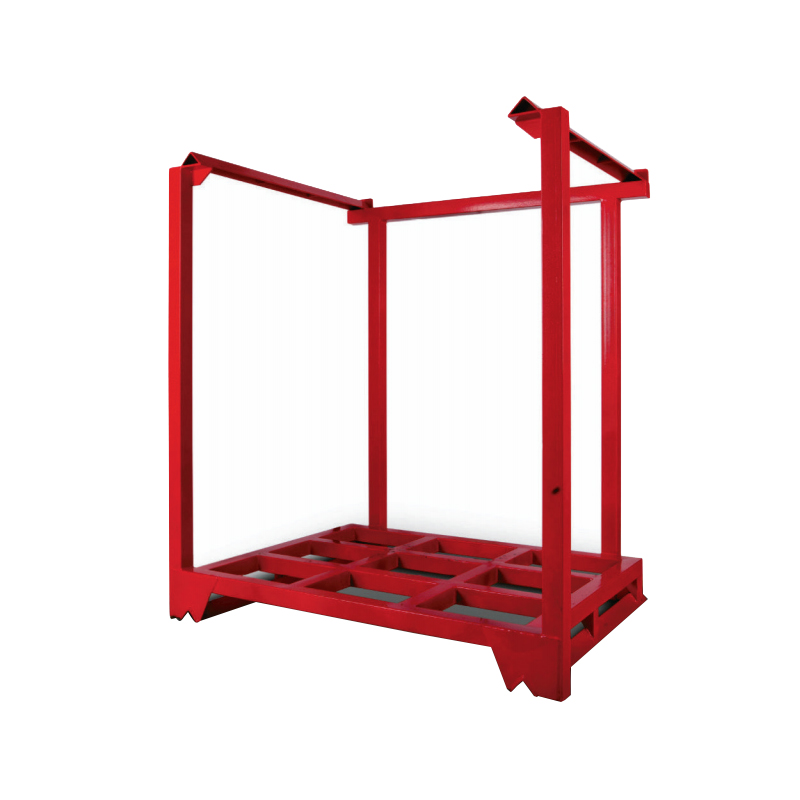Understanding the weight capacity of stacking racks is crucial not only for ensuring safety but also for maximizing the efficient use of space and resources in your facility. These versatile racks are designed to stack vertically, allowing businesses to make the most of their floor space by taking advantage of height rather than spreading out horizontally. This verticality becomes particularly valuable when space is at a premium, but it also necessitates a careful consideration of the loads that these racks can safely bear.
The weight capacity of stacking racks varies widely, often depending on the materials used and the design of the racks themselves. Typically, metal stacking racks, constructed from sturdy steel, can hold significantly more weight compared to their plastic counterparts. Standard metal stacking racks might support loads ranging from 1,000 to 5,000 pounds, while more specialized designs could handle even greater weights. This capacity has profound implications for your facility's operations. For example, if your business deals with heavy machinery parts or bulk items, investing in high-capacity racks ensures that you can store inventory safely and effectively, thereby reducing the risk of accidents that can occur from overloaded shelving.
Moreover, the application of stacking racks with varying weight capacities directly impacts inventory management and workflow efficiency. When racks are properly utilized according to their weight specifications, retrieving and restocking items becomes a streamlined process. Imagine a bustling warehouse where items can be stacked neatly without fear of collapse, allowing employees to navigate aisles with ease and access the inventory they need without unnecessary delays. This not only enhances productivity but also contributes to a safer work environment, minimizing the potential for injuries that could arise from mismanaged storage.

However, it’s vital to assess not only the weight capacity but also how the racks will be loaded. Proper load distribution is essential; even a rack with a high weight capacity can fail if items are stacked unevenly or if heavier items are placed on the top levels. Facilities should conduct thorough evaluations of their inventory types and weights before selecting the appropriate stacking racks. Furthermore, many modern stacking racks come equipped with safety features, such as locking mechanisms or anti-tip designs, which add another layer of security for your stored items.
In addition to weight capacity considerations, the versatility of stacking racks makes them suitable for a variety of applications, including tire storage, bulk item storage, and even lighter retail displays. Customized solutions, such as those tailored for specific industries, can further enhance their functionality. For instance, tire storage racks are specifically designed to accommodate the unique dimensions and weights of tires, allowing for efficient organization and easy access. The ability to customize these racks not only caters to your specific needs but also allows for future growth as your inventory changes.
Understanding the weight capacity of stacking racks is not just a matter of meeting compliance or safety standards; it’s about harnessing the full potential of your storage capabilities. By selecting the right stacking racks that align with your operational requirements, you can create a dynamic storage environment that promotes efficiency, safety, and adaptability. Whether you’re managing a high-volume warehouse or a specialized industrial facility, the thoughtful application of stacking racks can lead to significant improvements in your storage strategy.
